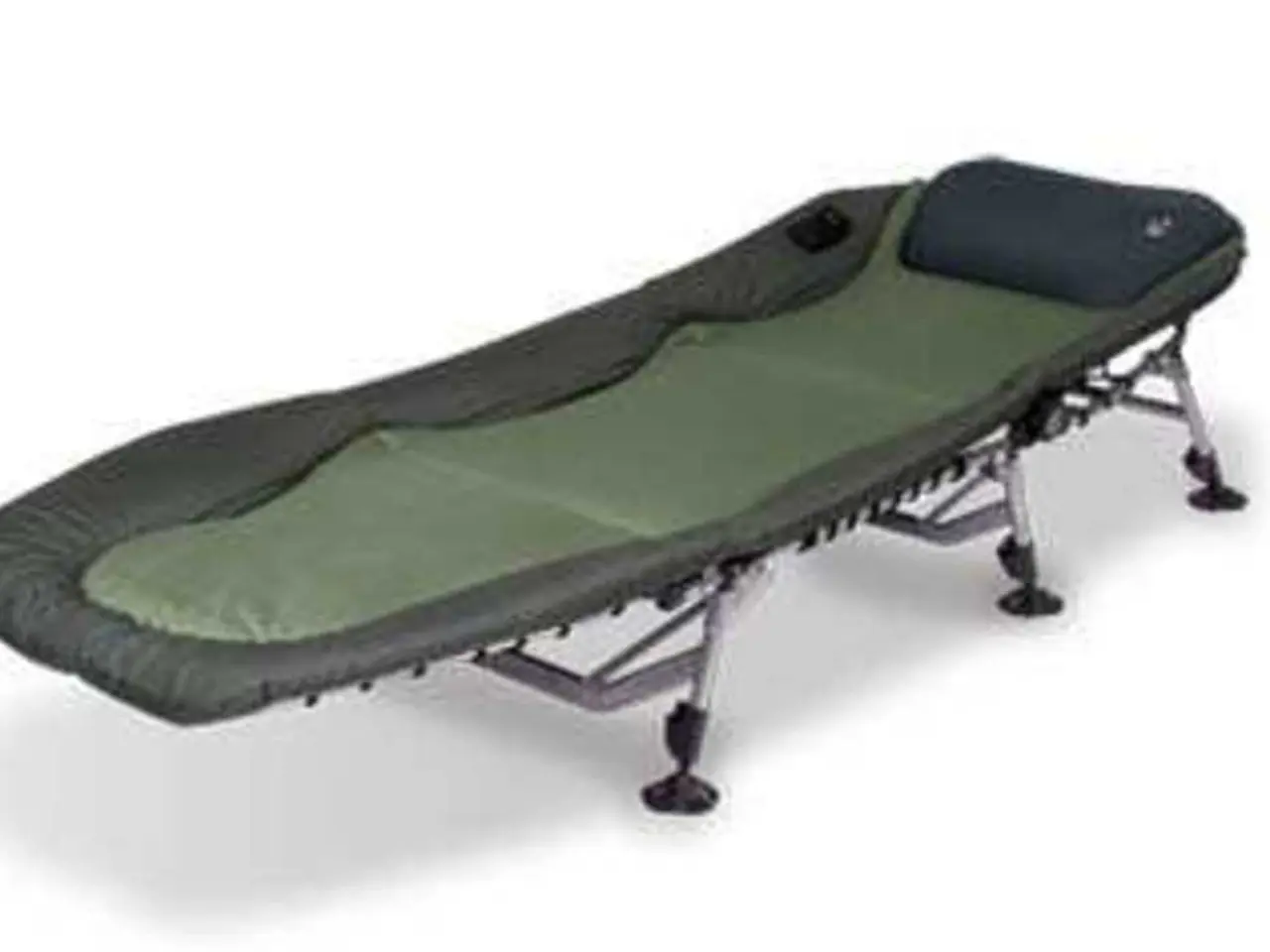Does walking alleviate sciatic pain?
Managing Sciatica: A Comprehensive Guide
Sciatica, a common condition characterised by pain, numbness, or weakness in the lower back and legs, can be effectively managed with a combination of self-care and medical interventions. Here's a breakdown of the key strategies to help alleviate sciatica pain and prevent symptom worsening.
Walking and Self-Care
Walking is a simple yet effective way to manage sciatica pain. To minimise discomfort and prevent aggravating your condition, engage in gentle, low-impact walking. Start with a warm-up to increase blood flow and prepare your muscles, and choose walking over high-impact activities like running or jumping. Keep your walking sessions moderate and stop or slow down if you feel sharp or intense pain.
To further support your recovery, listen to your body and avoid staying in one posture (sitting or standing) for more than about 20 minutes. Regularly walk and move to relieve nerve pressure and stiffness. Additionally, use heat or cold therapy as needed. Heat therapy, such as a heating pad for 15-20 minutes, can help relax muscles and increase blood flow around the sciatic nerve.
Stretching and Posture
Regularly practice gentle stretching of lower back, hamstrings, and piriformis muscles. These stretches can be done before or after walking to reduce tension on the sciatic nerve. Maintaining proper posture during all activities is also beneficial for managing sciatica. Avoid twisting motions or deep squats to prevent further strain.
Medical Intervention
If sciatica symptoms persist or certain "red flags" are present, a doctor may request further studies. These red flags include problems with walking, symptoms not responding to pain relievers, sexual dysfunction, pain during the night, malaise, motor deficits, unexplained weight loss, neurological impairment, urinary problems, spinal malformations, fever, and neurological impairment.
A doctor may recommend taking pain relief medication as needed. In severe cases, surgery may be recommended for persistent leg pain that lasts for 3 or more months despite other treatments. A doctor can also refer a person to a physical therapist for support and guidance on exercising with sciatica.
In conclusion, a combination of gentle walking, appropriate warming, position changes, and supportive self-care can help manage sciatica pain effectively while preventing symptom worsening. Always consult with a healthcare professional for personalised advice and treatment options.
- Physical therapy can aid in managing sciatica by providing exercises and techniques to improve movement and relieve pain.
- A healthy diet rich in nutrients is essential for overall health, and it can particularly benefit those dealing with chronic knee disease or type 2 diabetes.
- In addition to physical therapy, medical-conditions such as COPD, chronic kidney disease, multiple sclerosis, migraines, and neurological disorders may require specific therapies and treatments.
- Fitness and exercise, including low-impact workouts like walking, are crucial for cardiovascular health and managing conditions like type 2 diabetes.
- Digestive health is critical for maintaining overall wellness, and a proper diet can help with weight management and the prevention of certain chronic diseases.
- Mental health plays a significant role in managing stress and promoting wellness, and therapy may be beneficial for those dealing with anxiety, depression, or Alzheimer's disease.
- Autoimmune disorders, like rheumatoid arthritis and psoriasis, can cause chronic pain and inflammation, and managing symptoms often requires treatment and lifestyle changes.
- Eye health can be crucial in detecting and preventing issues such as glaucoma, macular degeneration, or cataracts, and regular check-ups and a balanced diet are important.
- Hearing loss or other issues can impact quality of life and may require the assistance of hearing aids, cochlear implants, or other treatments.
- Cancer treatments, such as chemotherapy, radiation, or surgery, can weaken a person's immune system and affect nutritional needs, making proper nutrition critical during recovery.
- Breast cancer is the most common type among women, and early detection through screenings can significantly improve survival rates.
- Respiratory conditions, such as asthma or COPD, can be managed through medication, lifestyle changes, and self-care strategies, like avoidance of triggers or regular exercise.
- Skin conditions, like eczema or psoriasis, can cause discomfort and may require treatment with topical creams, light therapy, or oral medication.
- Taking good care of one's hearing, vision, and skin can help prevent future health complications and maintain overall health and wellness.
- Proper nutrition, exercise, and self-care can help manage and prevent a wide range of health issues, from sciatica to chronic diseases, and contribute to a happier, healthier life.




